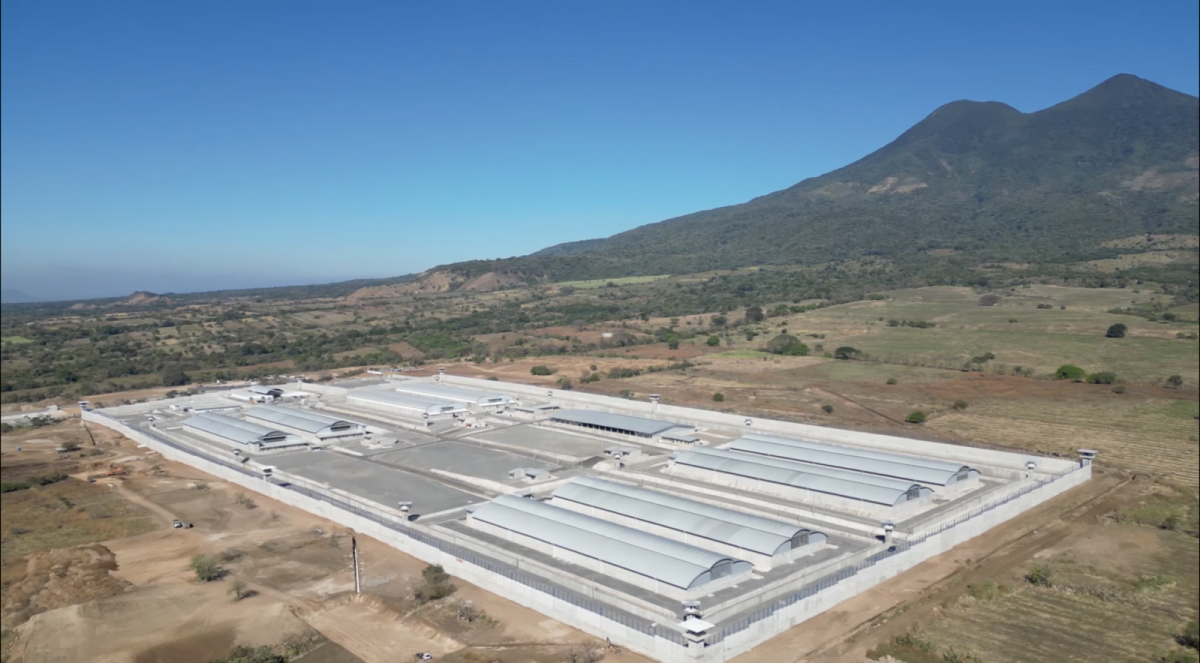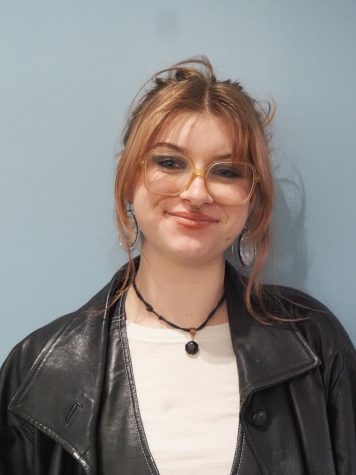“‘The happiest place in America is Boulder, Colorado’—said no Black person ever,” is the sentiment at the heart of the locally produced documentary This Is [NOT] Who We Are, directed by Katrina Miller and Beret Strong.
Centaurus High School was lucky enough to be host to a community screening of the deeply impactful film on March 12th, 2025, followed by a powerful and emotional Q&A session featuring: Katrina Miller, Fleurette King (Director of Equity and Inclusive Teaching and Learning for BVSD), and Ja’Mal Gilmore (owner of The Brooklyn Barber Academy in Boulder and a key interviewee in the film). The film and the discussion that followed revealed painful realities about race, education, and belonging in Boulder County.
Unpacking the Film
The documentary delves into the historical and contemporary experiences of Black residents in Boulder, examining systemic issues such as redlining, displacement, segregation, and discrimination. It highlights the lived realities of Black students at Naropa University and the University of Colorado, who face racial profiling, police harassment, and the daily challenges of existing in a predominantly white city.
A central theme of the film is redlining and housing discrimination. Like many American cities, Boulder once enforced restrictive housing policies that limited where Black families could live. These discriminatory practices—coupled with economic barriers, social exclusion, and urban planning that prioritized white residents—have contributed to Boulder’s persistently low Black population. Today, despite its reputation for inclusion, Boulder remains one of the whitest cities in the country, with Black residents making up less than 1% of the population. Notably, two other cities in Colorado rank 11th and 12th among the whitest cities in the U.S., underscoring the broader regional and historical patterns of racial exclusion.

While Boulder prides itself on being an inclusive and progressive community, many Black residents and people of color experience a vastly different reality—one that is often ignored or dismissed by self-proclaimed progressive community members. The film challenges viewers to confront an uncomfortable but necessary question: Does Boulder truly live up to its ideals of equity and inclusion?
The Voices of the Community
The Q&A session following the screening provided a platform for parents and students of color to share their personal experiences with racism in Boulder County schools. Many expressed frustration over what they see as a lack of accountability, silence surrounding racial discrimination, and the deep emotional toll on students of color.
The uncomfortable nature of the Q&A was a near universal experience for both attendees, hosts, and staff in attendance, though the reasoning and manifestation of the discomfort varied for a number of reasons.
The screening of This Is NOT Who We Are and the voices of parents and students in the Q&A demonstrate that systemic racism is not just a historical issue—it is a lived reality for many in Boulder County today. While the community often celebrates its progressive values, these discussions reveal the gap between image and experience.
A Response from Staff and Administration
For many staff members, the decision to host the screening of This Is [Not] Who We Are was seen as a bold step; an intentional move toward vulnerability, dialogue, and growth. Yet, the stark contrast between the values expressed in planning the event and the response during the Q&A and following the event were difficult to ignore.
While the space was framed as one of listening and learning, the reaction from administration suggested a hesitancy to fully engage with the rawness and discomfort voiced by parents and students, even in scenarios regarding the lived and living experiences of specific Boulder Valley students. In later meetings, multiple staff members emphasized a desire to avoid naming individuals or including details that could portray the school — or its staff — in a negative light within this article alone: a sentiment that explicitly calls into question the legitimacy of the statements of open conversation and critique within the community.
For some administration in the audience the discomfort prompted what I saw as a return to familiar patterns: A vocal celebration of diversity when it is palatable, and then a retreat from action when it becomes uncomfortable.
It is imperative that in scenarios like this, there is recognition of the difference between positive intentions and productive action. This article is not meant to attack the choice to show the film and host the Q&A, but rather to be used as a call to action for the opportunities that the film encourages us to take.
Moving Forward
The screening, the Q&A, and the stories shared made one thing clear — conversations about race and racism in Boulder County schools cannot end at acknowledgement alone. Parents and students showed immense courage in speaking honestly about their experiences, even when it was difficult, emotional, or met with defensiveness.
As Jamal, one parent, put it during the Q&A:
“If we expect people to always be perfectly polite and composed, we create another wall of silence. And we fail to understand the impact of these experiences.”
The question facing the community now is not just will we listen? — it is, will we act?
Will the stories shared remain isolated moments of discomfort, or will they push schools, staff, and the broader Boulder County community toward meaningful accountability and change?
Additional Resources: Make Change
Teaching Tolerance / Learning for Justice
Colorado Coalition for the Educational Advancement of Black Students
Works Cited
“This Is Not Who We Are.” PBS, directed by Katrina Miller and Beret Strong, Rocky Mountain PBS, https://www.pbs.org/video/this-is-not-who-we-are-Z2RhJs/. Accessed 13 Apr. 2025.
“This Is [Not] Who We Are – Film Team.” This Is [Not] Who We Are, https://www.thisisnotwhowearefilm.com/filmteam. Accessed 13 Apr. 2025.
“Whitest Cities in America 2024.” World Population Review, https://worldpopulationreview.com/us-city-rankings/whitest-cities-in-america. Accessed 13 Apr. 2025.
“QuickFacts: Boulder County, Colorado.” U.S. Census Bureau, https://www.census.gov/quickfacts/fact/table/bouldercountycolorado/PST045224. Accessed 13 Apr. 2025.



!["This is [Not] Who We Are" movie poster.](https://chswarriorscroll.com/wp-content/uploads/2025/04/Screenshot-2025-04-13-at-9.34.19 PM-1200x678.png)






